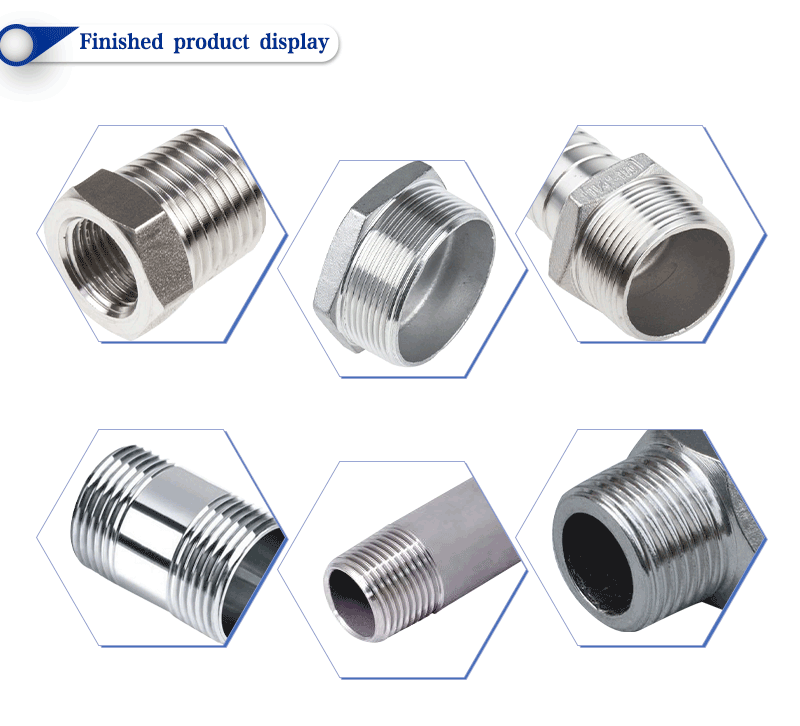
-
 Afrikaans
Afrikaans -
 Albanian
Albanian -
 Amharic
Amharic -
 Arabic
Arabic -
 Armenian
Armenian -
 Azerbaijani
Azerbaijani -
 Basque
Basque -
 Belarusian
Belarusian -
 Bengali
Bengali -
 Bosnian
Bosnian -
 Bulgarian
Bulgarian -
 Catalan
Catalan -
 Cebuano
Cebuano -
 Corsican
Corsican -
 Croatian
Croatian -
 Czech
Czech -
 Danish
Danish -
 Dutch
Dutch -
 English
English -
 Esperanto
Esperanto -
 Estonian
Estonian -
 Finnish
Finnish -
 French
French -
 Frisian
Frisian -
 Galician
Galician -
 Georgian
Georgian -
 German
German -
 Greek
Greek -
 Gujarati
Gujarati -
 Haitian Creole
Haitian Creole -
 hausa
hausa -
 hawaiian
hawaiian -
 Hebrew
Hebrew -
 Hindi
Hindi -
 Miao
Miao -
 Hungarian
Hungarian -
 Icelandic
Icelandic -
 igbo
igbo -
 Indonesian
Indonesian -
 irish
irish -
 Italian
Italian -
 Japanese
Japanese -
 Javanese
Javanese -
 Kannada
Kannada -
 kazakh
kazakh -
 Khmer
Khmer -
 Rwandese
Rwandese -
 Korean
Korean -
 Kurdish
Kurdish -
 Kyrgyz
Kyrgyz -
 Lao
Lao -
 Latin
Latin -
 Latvian
Latvian -
 Lithuanian
Lithuanian -
 Luxembourgish
Luxembourgish -
 Macedonian
Macedonian -
 Malgashi
Malgashi -
 Malay
Malay -
 Malayalam
Malayalam -
 Maltese
Maltese -
 Maori
Maori -
 Marathi
Marathi -
 Mongolian
Mongolian -
 Myanmar
Myanmar -
 Nepali
Nepali -
 Norwegian
Norwegian -
 Norwegian
Norwegian -
 Occitan
Occitan -
 Pashto
Pashto -
 Persian
Persian -
 Polish
Polish -
 Portuguese
Portuguese -
 Punjabi
Punjabi -
 Romanian
Romanian -
 Russian
Russian -
 Samoan
Samoan -
 Scottish Gaelic
Scottish Gaelic -
 Serbian
Serbian -
 Sesotho
Sesotho -
 Shona
Shona -
 Sindhi
Sindhi -
 Sinhala
Sinhala -
 Slovak
Slovak -
 Slovenian
Slovenian -
 Somali
Somali -
 Spanish
Spanish -
 Sundanese
Sundanese -
 Swahili
Swahili -
 Swedish
Swedish -
 Tagalog
Tagalog -
 Tajik
Tajik -
 Tamil
Tamil -
 Tatar
Tatar -
 Telugu
Telugu -
 Thai
Thai -
 Turkish
Turkish -
 Turkmen
Turkmen -
 Ukrainian
Ukrainian -
 Urdu
Urdu -
 Uighur
Uighur -
 Uzbek
Uzbek -
 Vietnamese
Vietnamese -
 Welsh
Welsh -
 Bantu
Bantu -
 Yiddish
Yiddish -
 Yoruba
Yoruba -
 Zulu
Zulu
Optimizing Thread Rolling Machine Performance for Enhanced Product Quality and Efficiency
Understanding Thread Rolling Machine Mechanism and Products
In the realm of modern manufacturing, the efficiency and precision of machinery play pivotal roles in producing high-quality products. Among these machines, the thread rolling machine stands out as an essential tool for creating threaded components used in various industries, from automotive to aerospace. This article will delve into the workings of thread rolling machines and the products they generate, illustrating their indispensable value in the manufacturing landscape.
What is a Thread Rolling Machine?
A thread rolling machine is a specialized equipment designed to create external threads on cylindrical components through a cold-forming process. Unlike traditional cutting methods which remove material to form threads, thread rolling uses pressure to displace the material, thus maintaining its integrity and enhancing its strength. This cold-working process results in a tighter and harder thread, making it not only more durable but also more precise.
Mechanism of Thread Rolling
Thread rolling machines operate through two primary methods flat rolling and cylindrical rolling.
1. Flat Rolling In this technique, flat dies are employed to create threads on the surface of a rod. The workpiece is passed between the dies, which exert pressure and form the desired thread profile. This method is particularly useful for creating multiple threads simultaneously and is commonly used for producing screws and bolts.
2. Cylindrical Rolling This method involves two rotating cylindrical dies that press against the workpiece as it is fed through. The dies revolve in opposite directions, allowing for the creation of intricate thread patterns with a high degree of precision. This technique is favored for larger components and applications where high strength is essential.
Benefits of Thread Rolling
The advantages of utilizing thread rolling machines are multifaceted
- Increased Material Strength Since the material is not removed but displaced, the fibers of the metal are realigned, leading to enhanced tensile strength. This is particularly beneficial for threaded components that require durability under stress.
thread rolling machine working products

- Reduced Material Waste As no chips or excessive waste are generated in the thread rolling process, manufacturers can optimize their material usage, contributing to cost-effectiveness and sustainability
.- High Precision Thread rolling machines can produce threads with tight tolerances, ensuring that the finished products meet rigorous industry standards.
- Versatility These machines can be adjusted for various thread sizes and configurations, making them suitable for diverse applications. They can create threads for bolts, screws, pins, gear teeth, and much more.
Products Created by Thread Rolling Machines
The range of products generated by thread rolling machines is extensive. Key products include
- Bolts and Screws Commonly found in construction and assembly, these fasteners are crucial for the integrity of structures and equipment.
- Studs and Pins Used in automotive and mechanical applications, these components require high strength and reliability, both of which are provided through the thread rolling process.
- Gear Components Thread rolling is essential in producing gears that require exceptional strength and precise engagement.
- Custom Fasteners Many industries require unique specifications for threaded components. Thread rolling machines can be adapted to create custom products that meet specific engineering requirements.
Conclusion
The thread rolling machine presents a remarkable solution in industrial manufacturing, offering a blend of efficiency, precision, and sustainability. As industries continue to evolve and demand higher quality components, the significance of thread rolling technology will undoubtedly grow. With applications spanning automotive, aerospace, and general manufacturing, the impact of this machinery is profound, making it an essential part of the modern manufacturing toolkit. As technological advancements progress, we can anticipate even greater innovations within thread rolling, further enhancing its capabilities and expanding its applications in various sectors.
